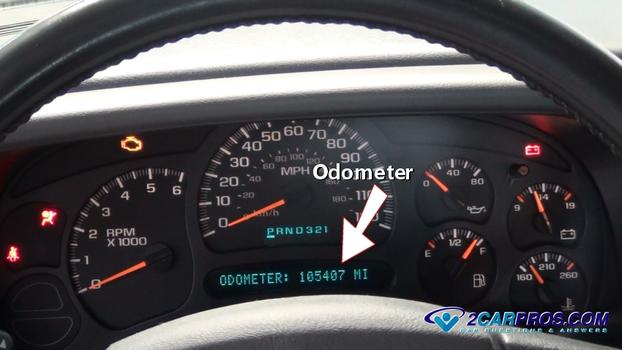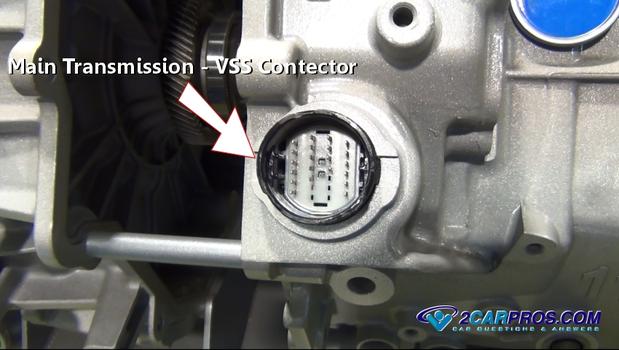The odometer is equipped with a trip meter call a trip odometer that allows the user to check the mileage of any particular distance separate from the main odometer. The odometer can also be reset.
Odometer Fraud
One of the most common automotive scams involves the odometer.
By rolling back the mileage a buyer can be tricked into thinking there are fewer miles on the vehicle than actually are, the following are some tips when dealing with a car that might have the odometer rolled back:
- Look for fingerprints on the inside of the clear plastic lens cluster cover.
- Numbers on the odometer should line up straight (mechanical).
- When driving, check for odometer clicking (mechanical).
- Check the maintenance records of the vehicle.
- Check wear patterns on the steering wheel, arm rests, gas and brake pedals which should match the odometer reading.
- Consult an independent car information website like Carfax.com
- A trained technician can give an informative evaluation of the car.
History
The odometer has invented around 27 BC. by Vitruvius, a Roman writer and architect. This first odometer was a chariot wheel four feet in diameter, turning 400 times for one Roman mile using a 400 tooth cogwheel that turned once each mile. This cogwheel engaged another wheel that dropped pebbles one by one into a box. The distance traveled would be measured by counting the pebbles at the end of the trip. Odometers have also been used by the ancient Chinese, Alexander the Great and even Benjamin Franklin. Modern inventors like William Clayton created modern-day odometers that used separate gears which control each digit.
Let's Jump In!
Step 1 - A vehicle's odometer is a measuring device used to inform the driver on the number of miles a particular vehicle has been driving, this meter is directly related to the speedometer.
Step 2 - Collectively the speedometer and odometer gather data from the vehicle BCM which produces a signal that is then recorded by the odometer. A vehicle speed sensor or VSS is located inside or bolted to the transmission and senses the speed of rotation of the final drive gear.
Questions?
Our certified technicians are ready to answer odometer questions for free. We hope you saved money and learned from this guide. We are creating a full set of car repair guides. Please subscribe to our 2CarPros YouTube channel and check back often for new videos which are uploaded regularly.




